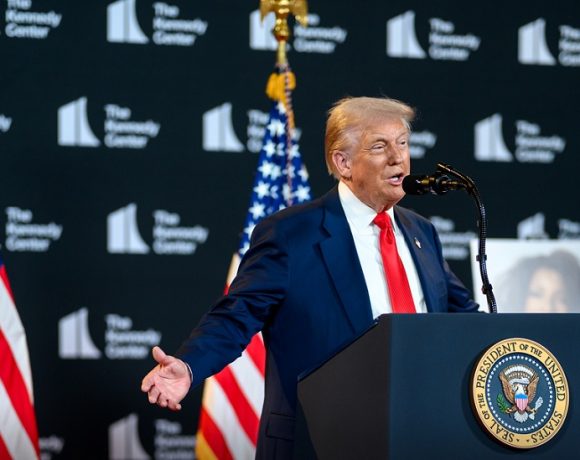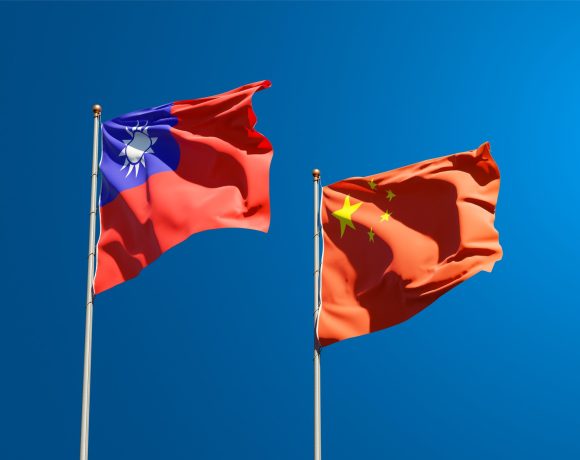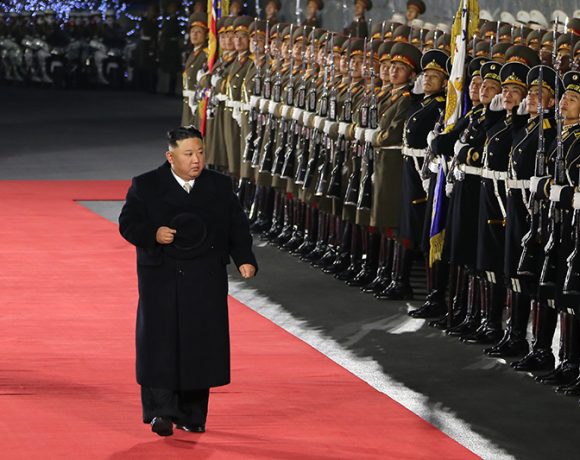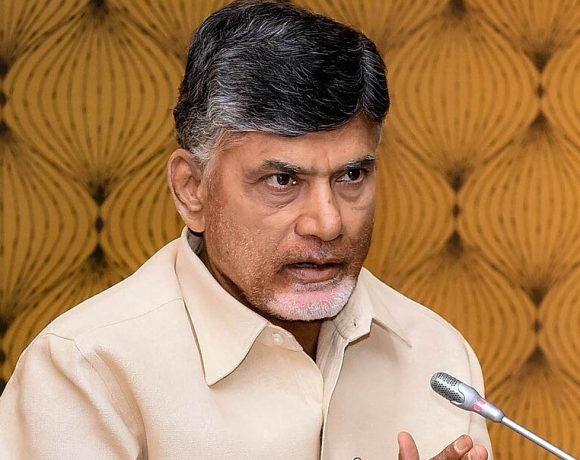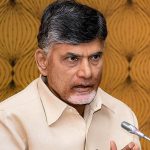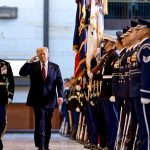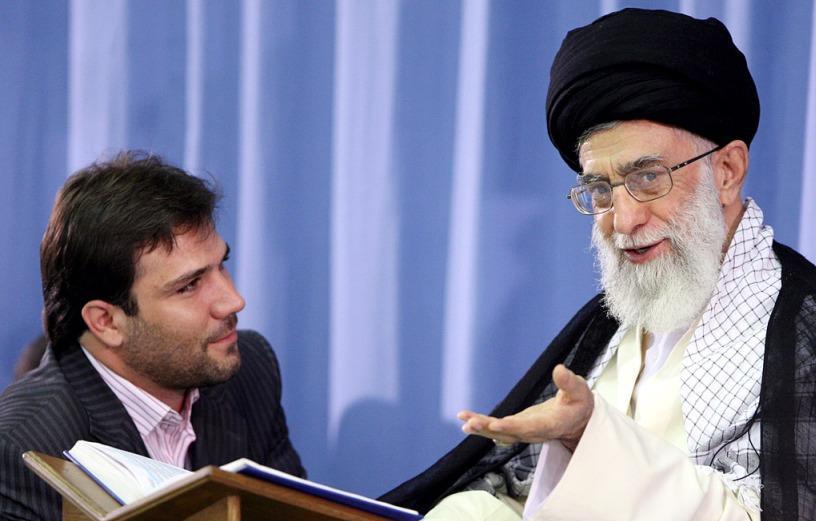
Khamenei Names Three Clerics as Successors, Excludes Son
Iran’s Supreme Leader Ayatollah Ali Khamenei has reportedly selected three senior clerics as potential successors, in a move widely seen as a preparation for a possible leadership transition. The decision, which comes amid intensifying regional conflict and domestic uncertainty, is notable not only for what it includes—but also for what it omits: the name of Khamenei’s own son, Mojtaba Khamenei, long speculated to be the heir apparent, has been left out.
Khamenei Prepares for Transition
At 86, Khamenei’s health and the volatile regional environment have likely prompted a reassessment of Iran’s leadership continuity plan. By identifying a shortlist of clerics as emergency successors, the Supreme Leader appears to be making contingency plans in case of a sudden power vacuum. Though the identities of the three clerics have not been made public, the selection bypasses the standard constitutional route where the Assembly of Experts traditionally deliberates and elects the next Supreme Leader.
This proactive measure has raised eyebrows across Tehran’s political and clerical circles, indicating that Khamenei is concerned enough about the future stability of the regime to intervene directly.
Dynastic Politics Rejected
Perhaps the most politically significant detail is the exclusion of Mojtaba Khamenei, who for years had been groomed by segments of the establishment as a likely successor. His omission sends a strong message: Iran’s leadership will not follow a dynastic pattern. The move may be designed to allay fears—both at home and abroad—that Iran is sliding into hereditary theocracy.
Analysts believe Khamenei’s choice reflects a strategic shift, opting for institutional legitimacy over familial loyalty. This could also be a response to increased scrutiny and criticism from within the regime and from reformist voices who have long cautioned against hereditary succession.
Timing Amid Conflict and Crisis
The revelation comes at a time of heightened pressure on Iran’s leadership following a series of Israeli airstrikes that killed multiple senior commanders of the Islamic Revolutionary Guard Corps (IRGC). With threats mounting and Iran’s strategic infrastructure under attack, questions about succession have taken on renewed urgency. Khamenei’s deliberate move to shape the future of the Supreme Leadership—even before a formal vacancy—signals that the regime is bracing for potential instability.
Future of the Supreme Leadership
While the final decision still legally lies with the Assembly of Experts, Khamenei’s shortlist is expected to carry considerable weight when the time comes. His move reflects not just a concern for continuity, but also a subtle recalibration of Iran’s internal power structure—placing the future in the hands of clerical authority rather than bloodlines.
As Iran navigates an increasingly unstable geopolitical environment, the exclusion of Mojtaba Khamenei and the proactive naming of successors mark a critical turning point. The Islamic Republic’s next chapter may well be shaped by clerical consensus rather than hereditary power.


